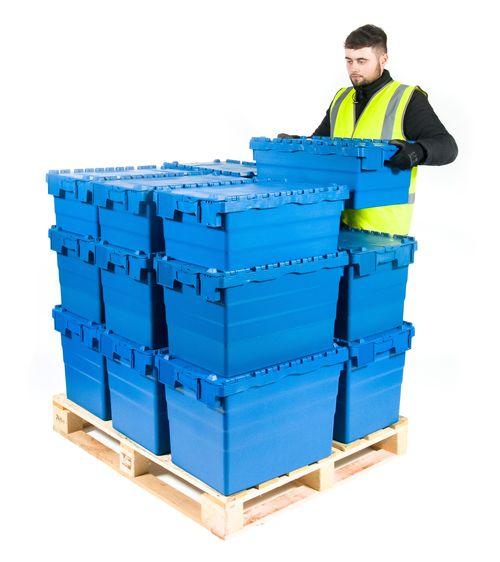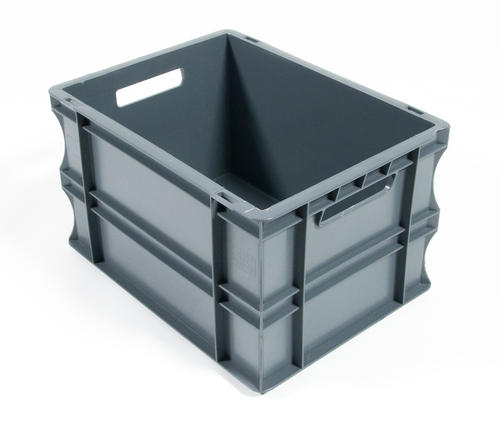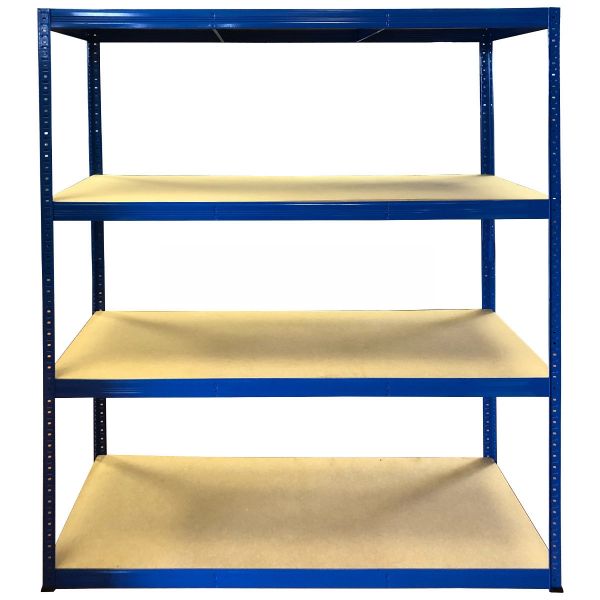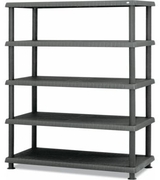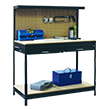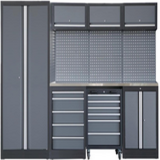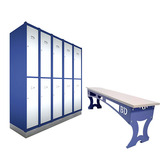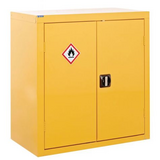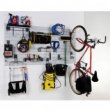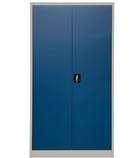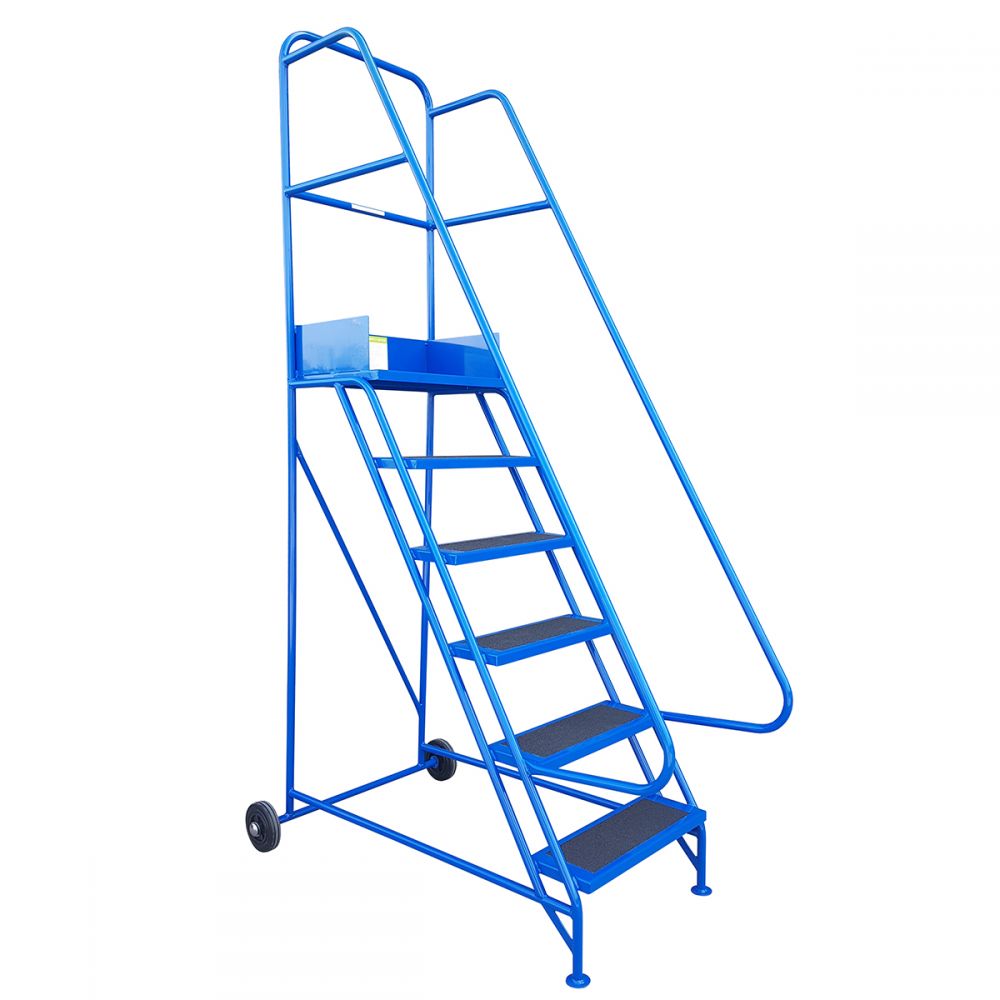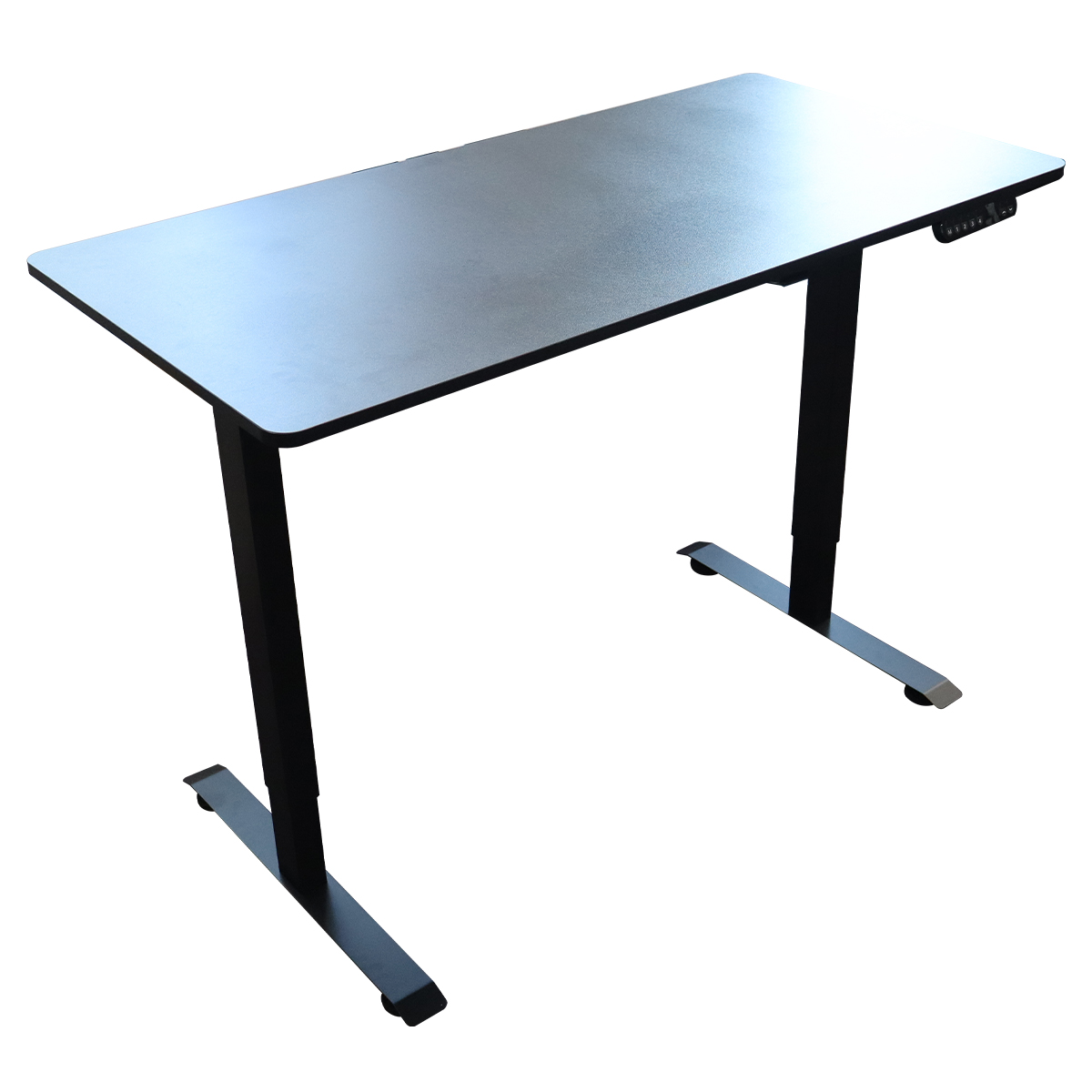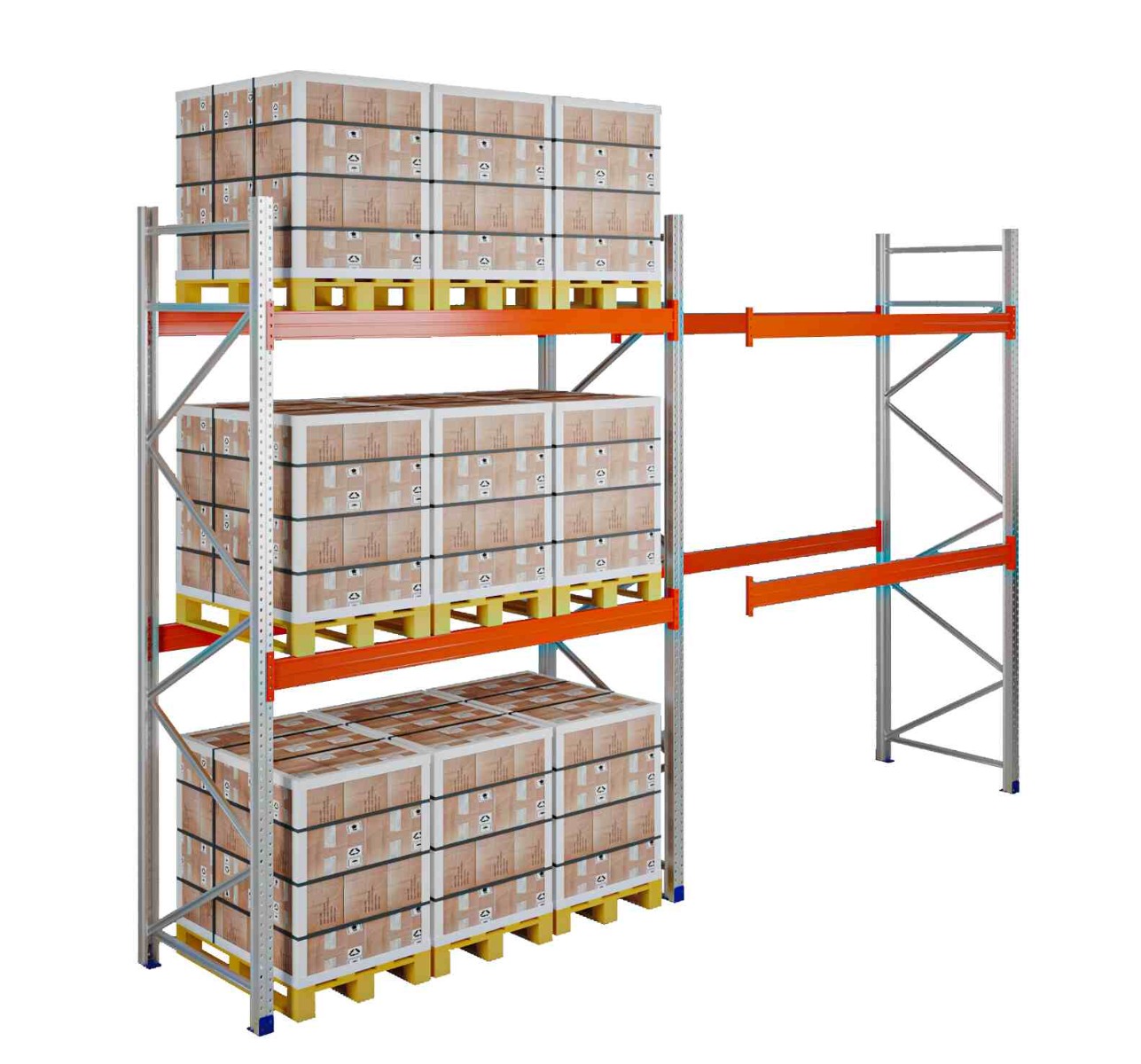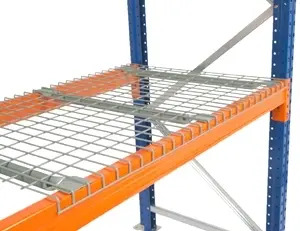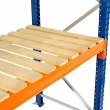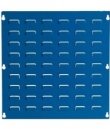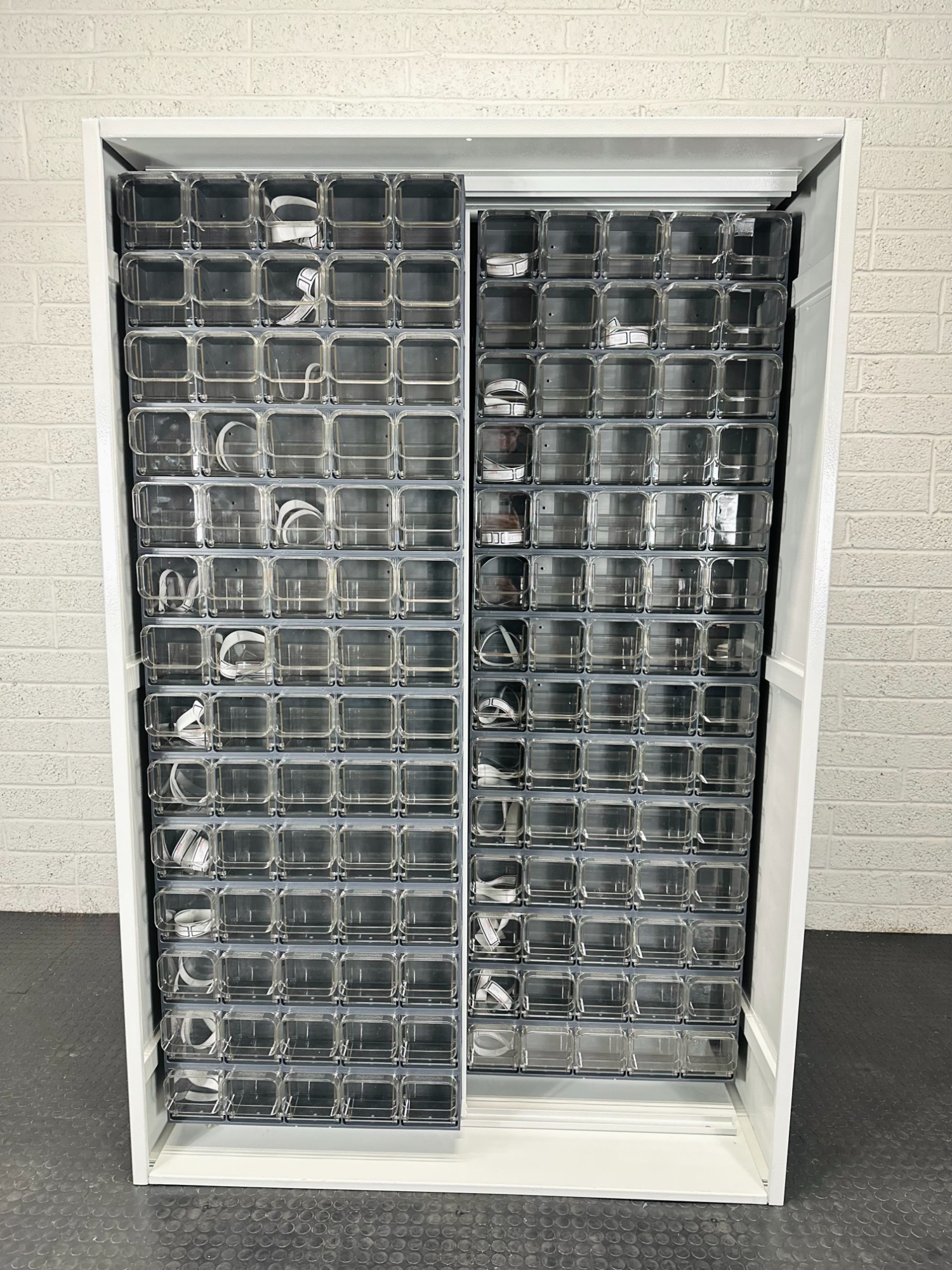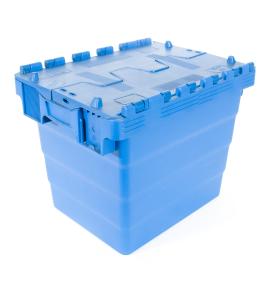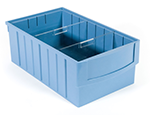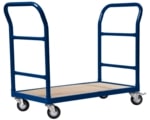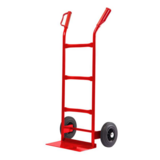Important Forklift Safety Tips to Avoid Accidents
Every workplace has its own set of safety hazards. When working with machinery, it's important to take the necessary precautions to avoid accidents. Forklifts are no exception - according to the HSA, forklifts were responsible for 6% of work-related deaths in a nine-year period. With the right safety precautions in place, however, these accidents can be avoided. Here are nine forklift safety tips to help keep you safe while operating a forklift:
1. Read the Operator's Manual Thoroughly
Before using the forklift, make sure to carefully look over the vehicle's operator’s manual. This will teach you how to safely operate the machine and prevent any injury to yourself or any employees around you. As simplistic as it sounds, reading the manual thoroughly and becoming familiar with the forklift will be imperative to keep your workplace safe.
2. Create a Floor Marking Layout for Forklifts
Floor markings are important for the safe operation of forklifts, both indoors and outdoors. They provide a visual cue so operators can identify the correct path or route to follow in order to avoid potential hazards. Floor marking systems for forklifts typically include designated pathways, parking spots, no-go zones, and loading areas. These markings also indicate the type of forklift that is allowed in a particular area, as well as its maximum speed. In addition, they can be used to warn employees and other personnel of any potential dangers associated with operating a forklift in an enclosed space. By following these markings, operators can ensure the safe operation of their equipment and maintain compliance with safety regulations.
3. Don’t Carry Passengers on the Forklift
It is important to note that carrying passengers on a forklift is strictly prohibited. This type of equipment is only intended for the transportation of materials, not people. If a passenger were to be carried on a forklift, they would be at risk of serious injury or death due to the vehicle’s lack of stability and control while in motion. Additionally, the forklift operator would be held responsible for any damage or injuries caused to the passenger. As such, carrying passengers on a forklift is an unsafe practice that should never be carried out under any circumstances.
4. Ensure All Cargo is Securely Strapped to the Vehicle
According to the HSA, between the years 2001 and 2006, three people were killed by cargo falling off a forklift. When lifting heavy materials and boxes, be certain that they are properly secured to the vehicle to prevent a workplace injury, or worse. It is essential to take the necessary precautions when operating a forklift. Anytime a forklift is in use, all cargo should be securely strapped in and any load that is being lifted must be balanced. By following these guidelines and practising proper safety procedures.
5. Inspections and Maintenance
It is essential to regularly inspect the forklifts before use and keep them in good condition. This includes checking for loose bolts, battery connections, tires, brakes, steering systems, forks, and adjustable parts. Make sure to conduct regular maintenance checks as well; they should be done at least once per month or more frequently if necessary.
6. Training
All operators must receive proper training that meets OSHA standards on how to operate a forklift safely. This includes teaching them about blind spots, load capacities, speed limits, and other safety measures that need to be followed when handling the equipment. Trainers should also provide a refresher course every three years or when an operator switches machinery models or is newly hired.
7. Line of Sight
Forklift operators must be able to see clearly through the machine’s cab and have an unobstructed view of their surroundings while operating it. This includes having a clear line of sight to pedestrians, other vehicles, and any obstacles in their path. Prohibiting cell phones or any other devices that could distract operators from paying attention is also essential for preventative measures.
8. Load Limits
It is important for forklift operators to know the exact weight limit that their particular machine can carry safely and not overload it. Going over this limit can cause serious injuries, and damage to the equipment and make driving more difficult as well as dangerous.
9. Safety Gear
The Occupational Safety and Health Administration requires that all workers operating a forklift wear the proper safety gear. This includes hard hats, steel-toed shoes, gloves, protective clothing, eye protection, and hearing protection.
By incorporating these nine important tips into your workplace operations, you can help make sure that your employees are safe while they are using forklifts. With the right training and preparation, you can avoid accidents and create a safer environment for everyone in your facility.
We hope our 9 Forklift Safety Tips can help you and your warehouse to keep your workplace safe. Here at RackZone. From shelving to pallet racking, we can provide you with all the necessary storage solutions to help ensure your warehouse is as organised and safe as possible. For further information on any of our great products please do not hesitate to contact us at +353 (0)90 9673261 or email us at [email protected].







